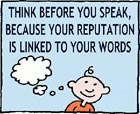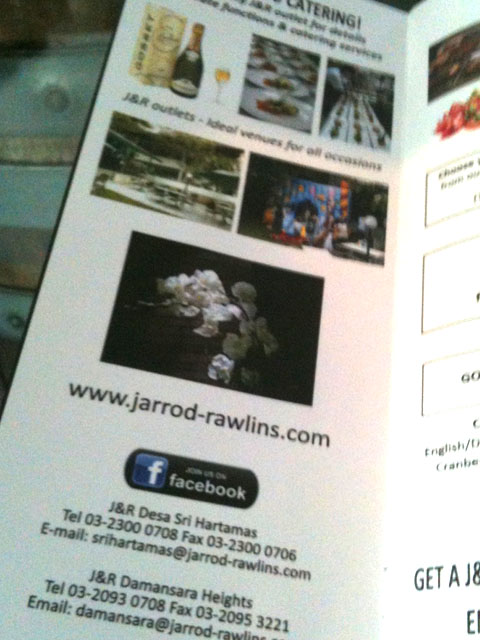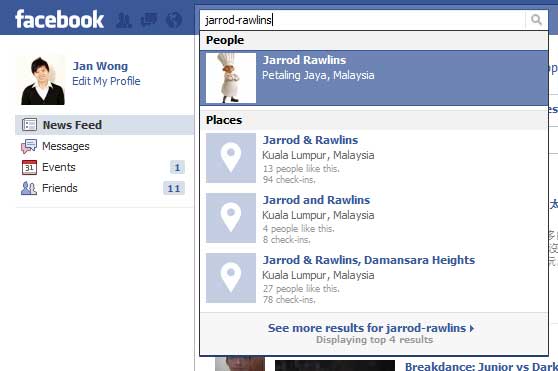Brand Focus #2: Basic Customer Service Mistakes You Don’t Want to Bring onto #SocialMedia
I was hungry one afternoon and I did not want to leave the house as it has been really hot where I’m at lately. I thought that since I’ve not had pizza for quite some time, I could just order one and have it delivered within 30 minutes – after all, that’s their service promise. To top if off, they now have a tracking service so I’ll know where my pizza is at. Cool!
So I placed my order at 2.32pm, expecting it to arrive at 3.02pm and you’ve guessed it – it did not arrive then. “No problems”, I thought. “I’ll just get a free pizza on my next order and delays do happen anyway.”
3.15pm and the pizza has yet to arrive and this is where I decided to put Dominos Malaysia’s customer service to test. I called up the call centre and reported my “missing” pizza in which they told me that perhaps the rider was lost and advised me to give him another 5 minutes else I should call them back.
10 minutes passed, 3.30pm and still no sign of the pizza. I called Dominos as they told me to and they told me to wait for another 5 to 10 minutes and that there is nothing that he (the sales rep) can do to help. Shocked by his reply, I probed further and he then said his manager may be able to do something about it but he isn’t free at the moment and mentioned that the manager will call me back the moment he is free.
The verdict? 3 days have passed, no calls received.
This incident reminds me of my past experience with another company.
3 Basic Customer Service Mistakes That Should NOT Be Brought To Social Media
Lesson #1: Don’t Assume If You Aren’t Sure
5 minutes. Are you sure? If there’s one thing in common in most customer service personnel, they give inaccurate information or in other words, false hope. They give a solution that is of most convenient to them and hope that it’ll never come back to them.
On social media platforms, it is worse. When a customer posts a question or complain on your blog / Facebook page / timeline, they are most likely already confused or dissatisfied with you and should be handled with care. If you do not know the answer, seek for help or offer to discuss the solution privately via email (and get someone to help you out!). Do not ever give answers for the sake of giving them.
Lesson #2: Be Careful of What You Speak
 Like it or not, you’re representing your brand and saying “I can’t do anything to help” can be detrimental, even though it was not meant in that way. This may be more difficult to do over the phone but you’ve got no excuse if it is on the computer screen.
Like it or not, you’re representing your brand and saying “I can’t do anything to help” can be detrimental, even though it was not meant in that way. This may be more difficult to do over the phone but you’ve got no excuse if it is on the computer screen.
Take some time to structure your words before clicking on the “submit”, “update” or “tweet” button.
Lesson #3: Do What You’ve Said You’ll Do… and Don’t Take Too Long
The last thing customer wants is to wait. Get back to them within the shortest time frame possible! If you’ve said you would call, email or reply to their enquiry, do so! I personally think that no business should take more than 24 hours to respond. Anything more will clearly spell out to the customer that you’re N.O.T.I.N.T.E.R.E.S.T.E.D.
It won’t look good if the same customer posts on your wall for the 2nd time demanding for a reply. Remember, everyone is watching!
Is there any other mistakes you think should be avoided at all cost on social media? Share them below!
By the way, the pizza came at about 3.40pm and I received a standard voucher for a free pizza on my next order but still no phone call from them.






















